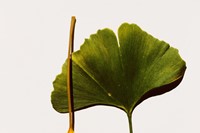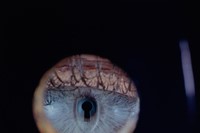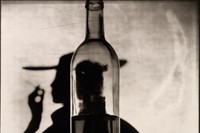As a new exhibition explores Irving Penn’s innovative aesthetic principles, the deputy director of the Irving Penn Foundation, Vasilios Zatse, discusses working with the photographer and his enduring influence
In 1996, Vasilios Zatse began his journey with Irving Penn, starting as an apprentice to the master photographer and rising to become the deputy director of the Irving Penn Foundation. Zatse remembers arriving at Penn’s Fifth Avenue studio for the job interview, expecting to see the most modern equipment, only to be whisked back in time.
“When you stepped into the studio, it was as if the outside world didn’t exist. You were in Penn’s world,” Zatse says. “It felt like an atelier. It was a studio with very plainly painted walls, white and battleship grey, and creaky worn wooden floors and some of the cameras that dated to his beginnings at Vogue magazine, going back as far as the early 1940s or early 50s.”
Penn never fixed what already worked, but he constantly sought new solutions to old problems. “Penn was not one to accept given formulas, approach a task or an idea in a very elemental fashion,” Zatse says. “On more than one occasion he built his own cameras for specific concepts or ideas. Penn was not shy about thinking outside of the box.”
This approach allowed Penn to create a new visual language, coining terms to describe his unique approach to the creative process. One such word, “photographism”, was used to describe his bold synthesis of drawing, painting, graphic design, and typography.
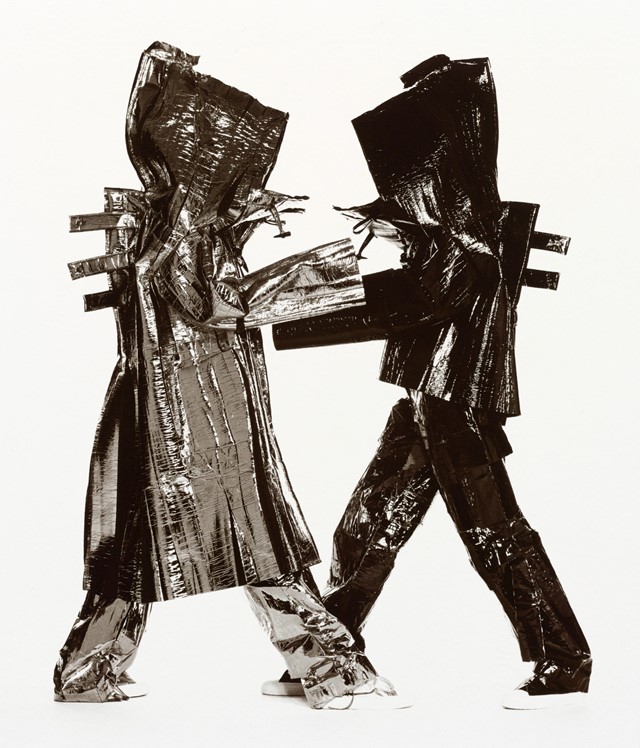
The new exhibition, Irving Penn: Photographism, showcases work from Penn’s oeuvre that illustrate the master’s innovative and highly influential approach to photography. Drawing upon his training as a painter prior to the start of his career as a high fashion photographer in 1939, Penn understood there was no line between commercial and fine art.
Penn’s process, like his work, was a constant search to distill the essence of life. “Penn was a very concentrated individual, methodical in his work, and efficient in his words. He wasn’t one to go on at length describing his pictures. He let the work speak for itself,” Zatse says. “We learned on the job by observing and doing. It would never dawn upon us, studio staff, nor could we have had the courage to press him to explain what he meant by photographism.”
Penn used the term photographism to describe one element of his visual signature primarily applied to still life and beauty photographs. “These were pictures that were very graphic, with hints of surrealism,” Zatse says.
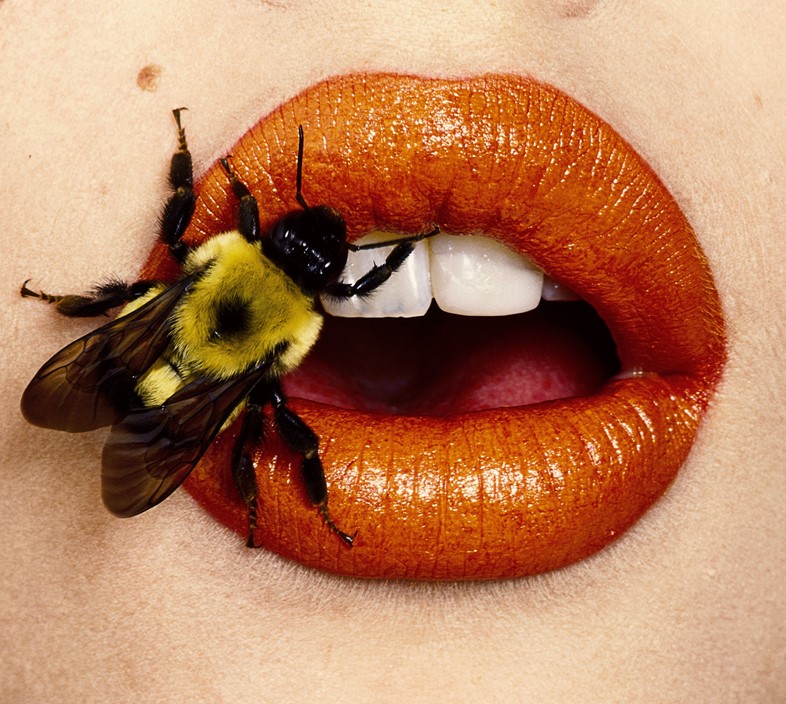
Among the works included in the exhibition is Bee (A), the 1995 photograph Penn made for a Vogue article on cosmetic surgery to illustrate the phrase “bee-stung lips” – the perfect apotheosis of his principles of photographism. Here Penn delivers the quintessential beauty photograph: a dazzling image that evokes a dizzying spectacle of delicacy and danger at once.
Zatse describes Penn’s understanding of his purpose as one we sometimes overlook: that of a photojournalist. In a 1950 symposium titled What Is Modern Photography? at the Museum of Modern Art featuring Lisette Model, Walker Evans, Aaron Siskind, and others, Penn spoke about his responsibilities as a photographer.
“He labels himself as a journalist,” Zatse says. “His job is to communicate an idea or a message to the reader. That’s one of the great qualities of Penn’s work. Regardless of what he is photographing he is able to tap into the essence of it in the pictures that he made. It’s always a wonderful reprieve to get lost in his work. They transport you and are timeless.”
Irving Penn: Photographism is on view at Pace Gallery in New York through February 13, 2021.



